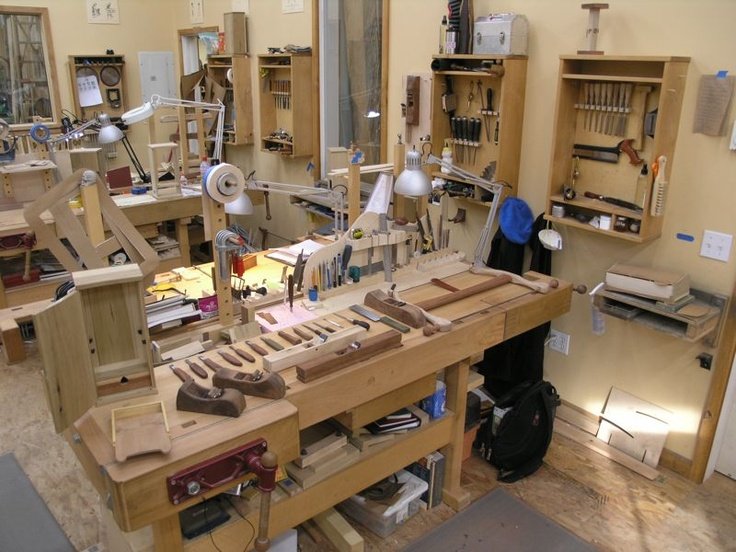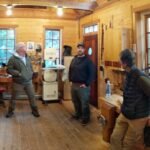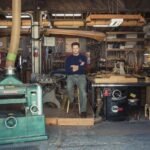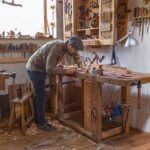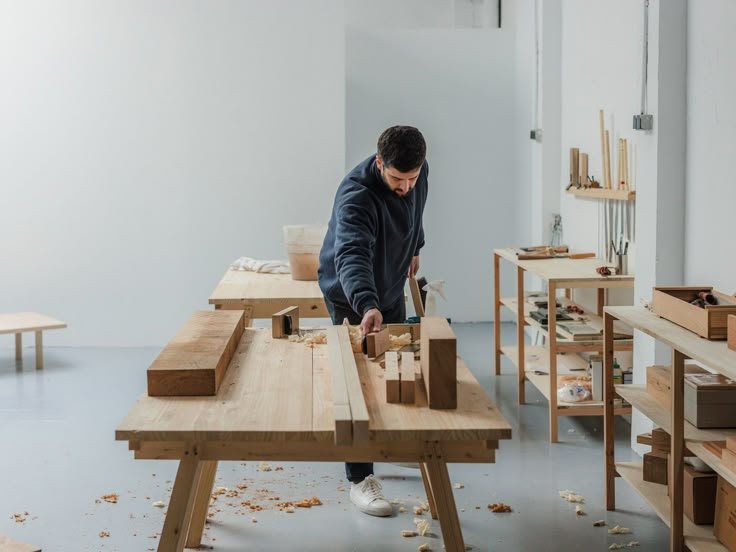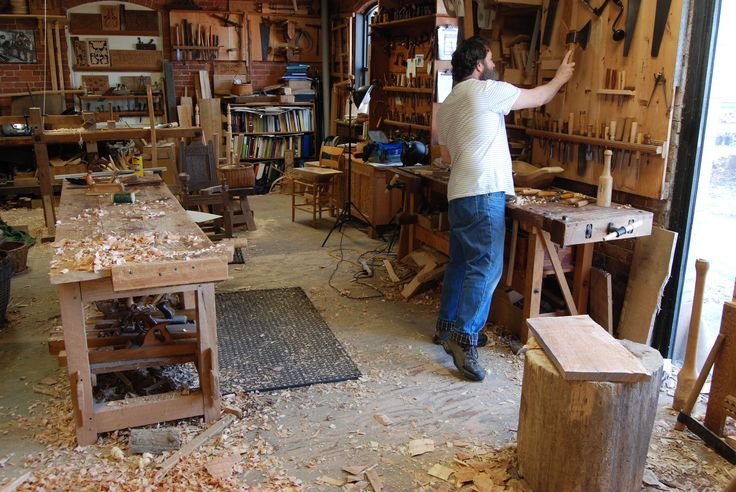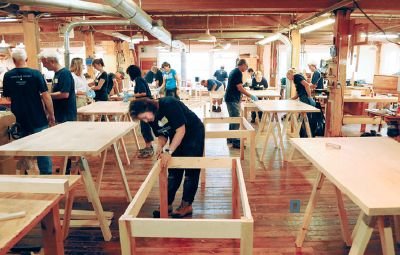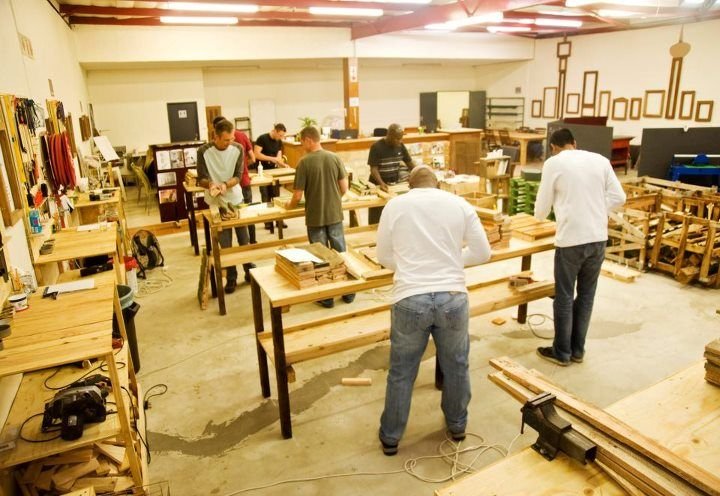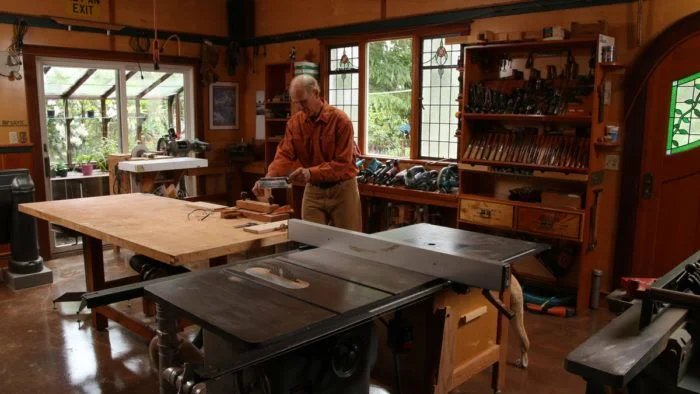The Old Table Saw and the Pine Disaster
You know, there’s something about the smell of fresh-cut wood that just gets me every time. It’s this sweet, earthy scent, like a little bit of nature decided to invite itself into my garage. Now, I’m no carpenter by trade, just a guy from a small town trying to turn some lumber into something my wife can be proud of—rather than just another home project sitting in the corner gathering dust.
One day, I got pretty excited about this old table saw I bought. You know the kind, right? An old Delta—I think it’s from the ’90s. I found it at a garage sale for fifty bucks. The previous owner assured me it "ran like a dream," but of course, you know how those things go. It’s a bit more like an old truck: rough around the edges but full of potential.
So there I was, brewing my afternoon coffee, thinking about what to build. I decided on a simple dining table, something sturdy enough for family dinners but still looking good. I grabbed some pine, which is about the cheapest and easiest wood to work with if you’re just starting out. Plus, I figured I could make a few mistakes. And boy, did I make some mistakes.
The First Cut
I remember that first cut like it was yesterday. The sound of the blade spinning up had this satisfying whirr to it, a sound that promised possibilities. But let me tell you, my heart sank a little when I realized I hadn’t fully calibrated the saw. The blade was raised too high, and let me just say, if you’ve ever watched a piece of pine fly off the table too fast, you’ll know what I mean. It was like a scene from a horror movie, only instead of blood, it was shavings everywhere. I got a little panicked, but I stood there, trying to catch my breath, thinking the whole project was doomed.
After I managed to clean up the mess, I realized I was holding on too tight to the idea of making it perfect. My dad always said to just roll with the punches, but man, easier said than done, right?
The Learning Curve
With a cup of cold coffee nestled in one hand, I stood there, staring down at my not-so-glorious cuts. I had to take a breather. So, I went inside, poured myself another cup of coffee—this time with cream and sugar, because I was feeling a little off—and just thought about what I was doing. I realized that woodworking was less about perfection and more about the journey. So I went back to it, cautiously this time.
I spent some time adjusting the saw—seriously, it looked like I was performing surgery. I also learned the hard way about featherboards and push sticks. Just an extra couple of bucks, but they’ve saved my fingers more than once. That Delta might have been rough around the edges, but it was starting to feel more like an extension of my hands.
Pushing Forward
After a few more trials—and trust me, they were trials—I was starting to get the hang of it. I even managed to make some decent miter cuts. I felt so proud of myself when I finally got those angles just right! I could almost hear my dad’s voice saying, "That’s what I’m talking about."
But, of course, right when I thought I had everything under control, I decided to stain the table. Oh, the smell of that wood stain! It’s intoxicating, really. But apparently, I wasn’t as careful as I thought because I knocked over the can. Yep, right on my freshly sanded tabletop. It felt like I was in a slapstick comedy, except I was the only one laughing—and crying a bit too. Nothing says “amateur” quite like a splotchy stain job.
Finding the Silver Lining
Instead of giving up, I took a step back and stared at that mess. I thought about how sometimes those who try to create just have to embrace their flaws. Honestly, I almost threw it all away. But instead, I decided to finish the table and call it “rustic.” A fancy word for “I messed up but at least it’s mine.”
Some folks came over a couple of weeks later, and wouldn’t you know it, everyone raved about the table. “This wood has character,” one of them said. I smiled a bit, thinking, “If only you knew…”
The Craft That Connects Us
You know, the more I think about that old Delta table saw and the table I built, the more I realize it’s really about so much more than wood and nails. It’s about family and friends sitting around that table, sharing meals and stories. It’s about taking a leap, embracing mistakes, and learning as you go.
I mean, if you’re even remotely thinking about diving into woodworking, just do it. You don’t need a fancy shop. You just need a bit of patience and a sense of humor. I wish someone had told me this long before I started learning the hard way. So here’s my coffee-fueled advice: Don’t sweat the small stuff. Just grab a piece of wood and make something—because you never know, it might just become a cherished part of your life.

